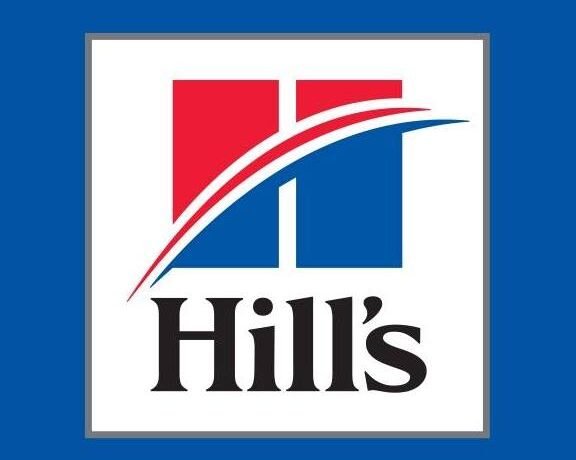Vettings
When purchasing a new horse, it is common to arrange Pre-purchase Examination or ‘vetting’, which involves a vet examining the horse on your behalf before you and the vendor conclude the sale. This examination takes the form of a fairly basic ‘2-stage vetting’ which may be required to get insurance for your new horse, or a comprehensive ‘5-stage vetting’ which offers a thorough assessment of your potential purchase.
Whether it’s an expensive competition horse or a child’s pony for hacking, having a ‘vetting’ performed before purchase gives reassurance that any pre-existing conditions are noted, and you are able to make a fully informed choice about whether to go ahead with your purchase.
The most common conditions we pick up are poor conformation, lameness, foot problems, abnormal swellings, lumps, bumps and sarcoids, as well as heart conditions, dental disease and eye abnormalities. We use our experience and judgement to advise you on whether these conditions are likely to affect the horse or pony’s usefulness for the job you want it to do.
We can undertake vettings for our own registered clients who are looking to buy a new horse, or non-clients who are looking to buy a horse in our area. Since we are working on behalf of the purchaser, it is preferable that we would not ‘vet’ a horse being sold by one of our own clients, as there would be a potential conflict of interest - however this can be arranged with full disclosure and agreement of all parties.
If you would like to arrange a pre-purchase examination, or ‘vetting’, please give us a call as there is a set protocol to follow for booking these visits. We will need details of both potential purchaser and vendor, as well as age, type, and potential use of the horse, approximate value and any concerns you have, along with any previous veterinary history if possible.
On the day we need access to a darkened stable or shed, a suitable hard surface to trot up, and an arena or field to exercise the horse. There must be a rider available for a ‘five stage vetting’, and a large enough space for a gallop. We will also need permission from the vendor to take a blood sample, which will be stored and only analysed should a problem later arise with the horse.
For valuable horses we can also xray joints, if requested in advance.
Note: a ‘vetting’ is the opinion of the vet on the day, based on a thorough examination following a set protocol. Although many potentially significant conditions can be picked up, we cannot look inside the horse, and we cannot predict what might happen in the coming days, weeks or months. Even experienced vets may offer different opinions on whether a particular finding will likely prejudice the horse’s use for a particular type of work. Conditions noted during a ‘vetting’ examination may not be covered by your insurance company in the future.








